Table of Contents
- Quick Reference: Best Spices for Each Pork Cut
- Why Pork Cuts Matter for Spice Pairings
- The Simple Science Behind Perfect Pairings
- Detailed Pork Cut & Spice Pairing Guide
- 5 Practical Tips for Better Results
- Visual Comparison Table: Cuts vs. Spices
- Conclusion
- Frequently Asked Questions
Quick Reference: Best Spices for Each Pork Cut (What You Need to Know Now)
For perfect pork every time, match these spices to your cut:
- Pork shoulder/butt: Smoked paprika, garlic powder, cumin (apply rub 18 hours before slow cooking)
- Pork loin: Rosemary, black pepper, thyme (best for roasting)
- Tenderloin: Dill, lemon zest, coriander (cook quickly at high heat)
- Ribs: Brown sugar, smoked paprika, mustard powder (apply mustard slather first)
- Pork belly: Five-spice powder, star anise, maple syrup (score skin for best results)
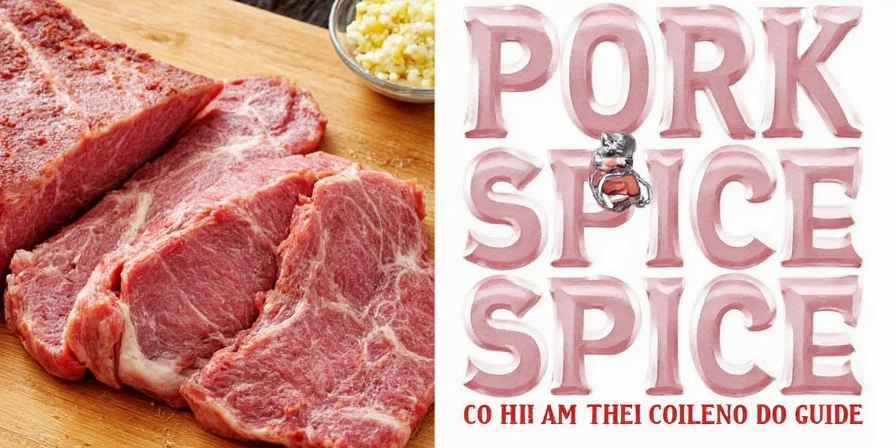
Why Pork Cuts Matter for Spice Pairings
Each pork cut has different fat content and texture, which affects how spices work. Fatty cuts like pork shoulder absorb spices differently than lean cuts like tenderloin. Understanding this helps you avoid bland or overpowering results.
The Simple Factors That Determine Success
- Fat content: Fatty cuts work best with spices like paprika that mix well with fat during slow cooking.
- Texture: Tough cuts need time for spices to penetrate, while lean cuts work better with quick-cooking friendly spices.
- Cooking method: Low-and-slow cooking needs different spices than quick searing.

The Simple Science Behind Perfect Pairings
You don't need to be a food scientist to get great results. The basics are straightforward: certain spices naturally work better with specific pork cuts because of how they interact during cooking.
Fat carries flavor, so spices like smoked paprika work great with fatty cuts like pork shoulder. Lean cuts like tenderloin pair better with bright flavors like lemon zest that don't need fat to shine. This is why traditional cooking methods developed the spice combinations they did - they simply work best.
Detailed Pork Cut & Spice Pairing Guide
Here's exactly what to use for each cut, with practical timing and application tips:
1. Pork Shoulder / Pork Butt
- Best for: Pulled pork, carnitas, slow cooking
- Fat content: High (about 30%)
- Top 3 Spices: Smoked paprika, garlic powder, cumin
- Pro Tip: Apply dry rub 18 hours before cooking for best flavor penetration.
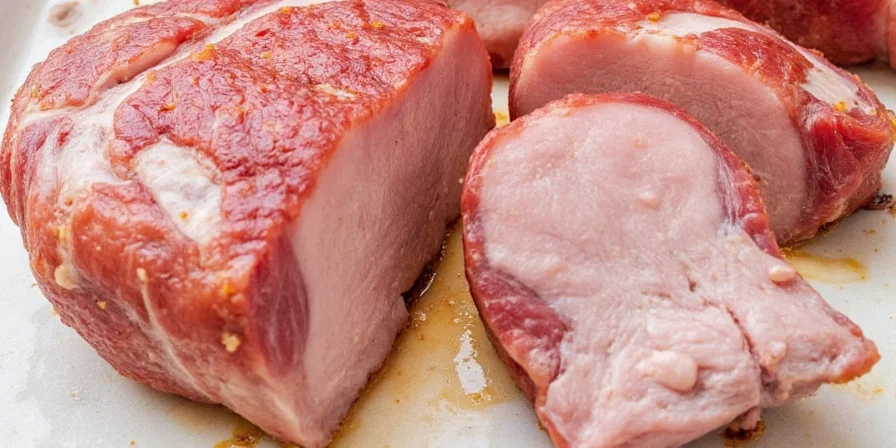
2. Pork Loin
- Best for: Roasting, grilling, weeknight dinners
- Fat content: Medium (about 10-15%)
- Top 3 Spices: Rosemary, black pepper, thyme
- Pro Tip: Sear first, then roast to keep it juicy.
3. Pork Tenderloin
- Best for: Quick meals, special occasions
- Fat content: Low (about 5-8%)
- Top 3 Spices: Dill, lemon zest, coriander
- Pro Tip: Cook to 135°F then rest - it will reach perfect 145°F.
4. Ribs (Baby Back or Spare Ribs)
- Best for: Barbecue, outdoor cooking
- Fat content: Medium-high (about 25%)
- Top 3 Spices: Brown sugar, smoked paprika, mustard powder
- Pro Tip: Apply thin layer of mustard before rub for better sticking.
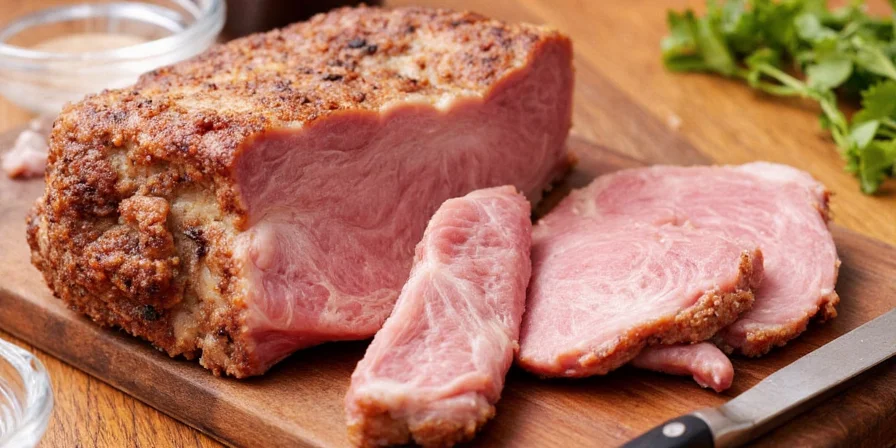
5. Belly (Including Bacon!)
- Best for: Braising, Asian dishes
- Fat content: Very high (about 50%)
- Top 3 Spices: Five-spice powder, star anise, maple syrup
- Pro Tip: Score the skin in a crosshatch pattern before cooking.
5 Practical Tips for Better Results
- Timing matters: Marinate fatty cuts 12-24 hours; lean cuts only 2-4 hours.
- Dry rubs vs. wet marinades: Use dry rubs for smoking/grilling, wet marinades for quick-cooking cuts.
- Acid balance: Use citrus with lean cuts, vinegar-based sauces with fatty cuts.
- Layer flavors: Mustard base → dry rub → cooking → fresh herbs at the end.
- Salt smartly: Salt 45 minutes before cooking for best results.
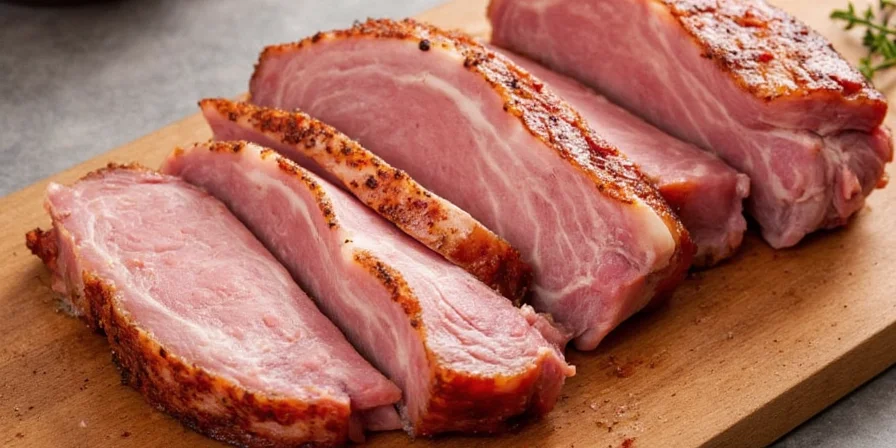
Visual Comparison Table: Pork Cuts vs Recommended Spices
| Cut | Fat Level | Best Cooking Temp | Top 3 Spices | Key Tip |
|---|---|---|---|---|
| Pork Shoulder | High | 225°F for 10-12 hours | Smoked Paprika, Garlic, Cumin | Rub 18 hours ahead |
| Pork Loin | Medium | 325°F to 145°F internal | Rosemary, Pepper, Thyme | Sear then roast |
| Tenderloin | Low | 400°F sear | Dill, Citrus, Coriander | Cook to 135°F |
| Ribs | Medium-High | 225°F to 203°F internal | Brown Sugar, Paprika, Mustard | Use mustard base |
| Belly | Very High | 300°F braised | Five-Spice, Star Anise, Maple | Score skin first |
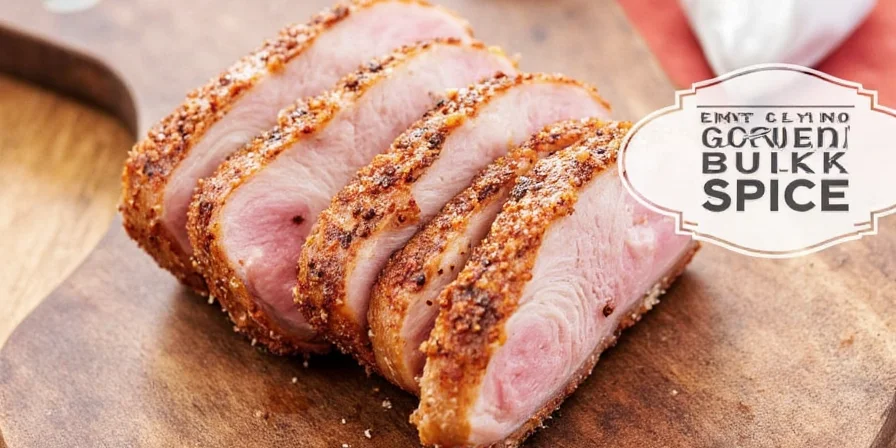
Conclusion: Get Perfect Pork Every Time
By matching spices to your specific pork cut, you'll consistently get better results without complicated techniques. Start with the quick reference at the beginning of this guide for your next meal, then experiment with the detailed tips as you gain confidence. The most important thing is to cook with confidence - perfect pairings are simpler than you think!
Frequently Asked Questions
Can I use the same spice rub for all pork cuts?
Basic rubs work for multiple cuts, but you'll get better results with cut-specific blends. Fatty cuts like shoulder need spices that work with fat (paprika, cumin), while lean tenderloin does better with brighter flavors (citrus, dill) that don't need fat to shine.
How long should I marinate different pork cuts?
Fatty cuts like shoulder and ribs benefit from 12-24 hours. Lean cuts like tenderloin only need 2-4 hours - longer can make them mushy. Always marinate in the refrigerator.
Why does pork belly work so well with five-spice powder?
The fat in pork belly carries the star anise flavor from five-spice powder throughout the meat. The other spices in the blend (fennel, cloves, cinnamon, Szechuan pepper) balance the richness without making it greasy.
Does the mustard trick for ribs really work?
Yes! The mild acidity helps the rub stick better and enhances browning. Just a thin layer - you won't taste the mustard in the finished product, but you'll notice the rub stays put better during cooking.

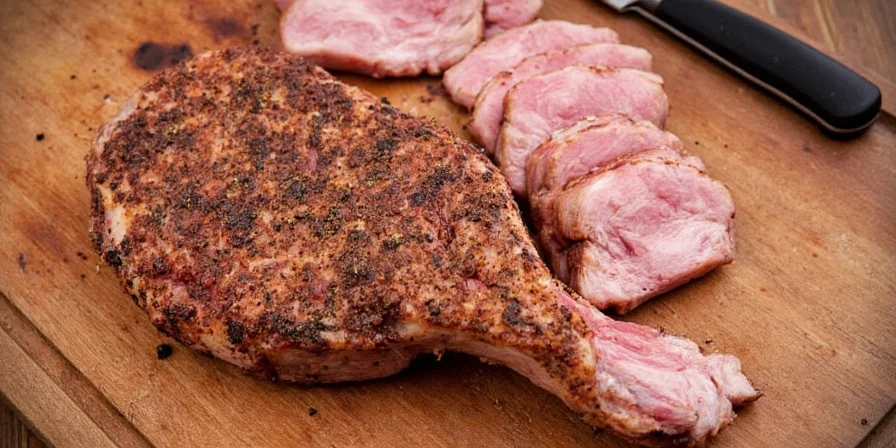









 浙公网安备
33010002000092号
浙公网安备
33010002000092号 浙B2-20120091-4
浙B2-20120091-4